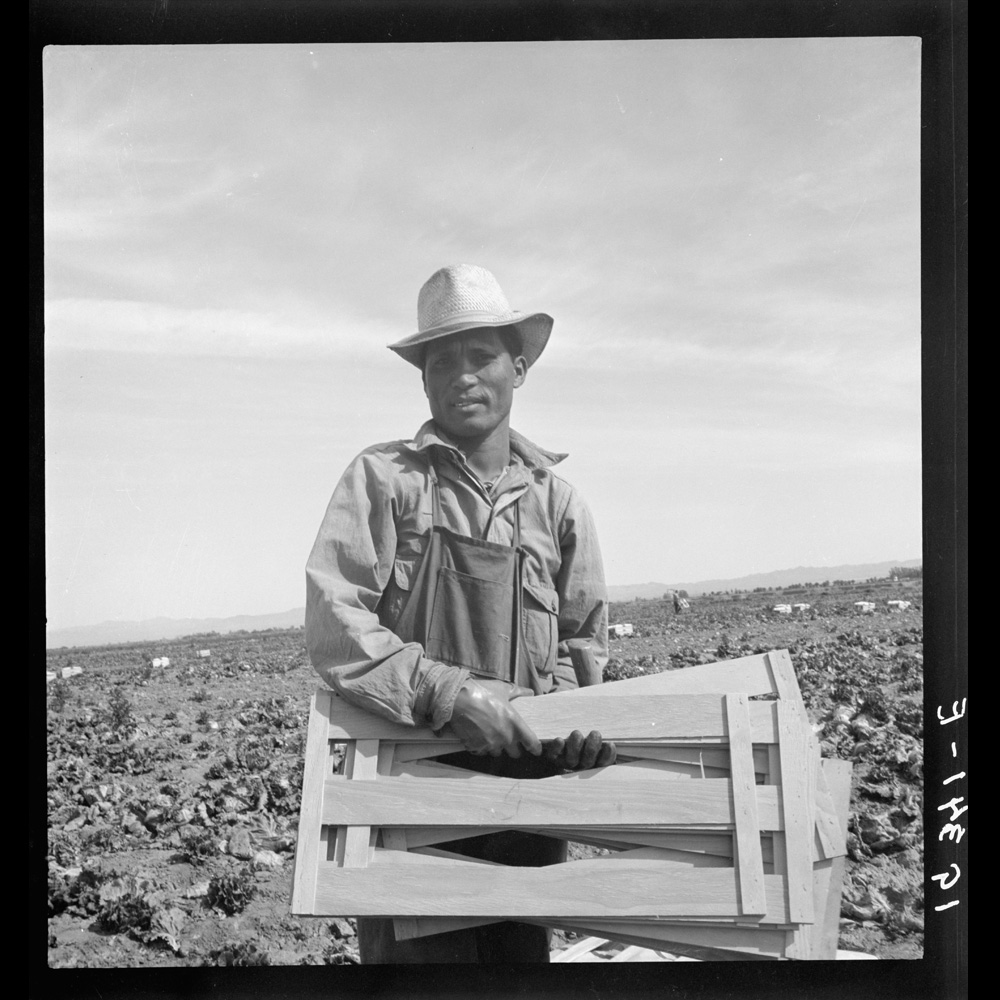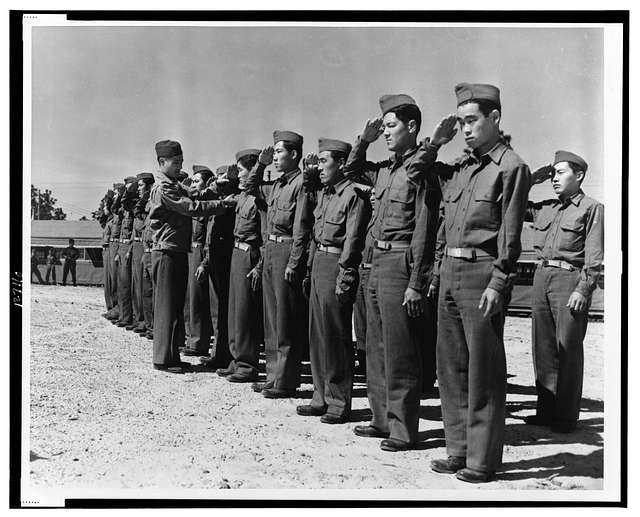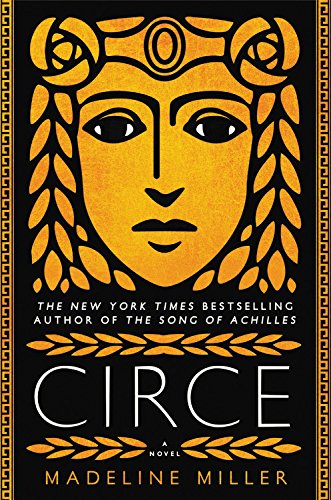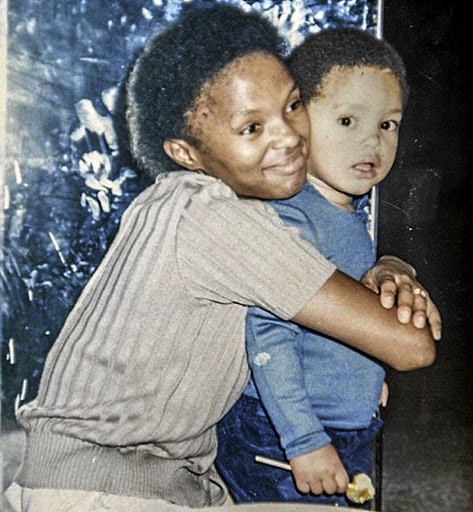Asian American and Native Hawaiian/Pacific Islander Heritage Month
With the uptick of anti-Asian hate crimes during this pandemic and the bipartisan bill recently sponsored by New York Rep. Grace Meng (D) and Hawaii Sen. Mazie Hirono (D), which passed with a 94-1 vote in the Senate, America is once again shining a spotlight on racism against Asian Americans. The racism directed towards this group of our fellow Americans is nothing new. President George H. W. Bush designated May 1990 as the first Asian American and Pacific Islander Heritage Month.

According to the University of Arkansas Center for Multicultural and Diversity Education, “Cultural heritage months celebrate the customs, values and traditions of different cultures within the United States, examining the issues and struggles of different communities as well as affirming their contributions to American society.” As we celebrate the heritage of our Asian American, Native Hawaiian and Pacific Islander brothers and sisters this month, let’s have a look at some of the struggles they have faced over the decades and centuries as well as their great achievements.





In a proclamation released on April 30, 2021, President Joe Biden and his administration stated “…We recognize the history and achievements of Asian Americans, Native Hawaiians, and Pacific Islanders (AANHPIs) across our Nation. In the midst of a difficult year of pain and fear, we reflect on the tradition of leadership, resilience, and courage shown by AANHPI communities, and recommit to the struggle for AANHPI equity…Acts of anti-Asian bias are wrong, they are un-American, and they must stop. My Administration will continue to stand shoulder to shoulder with AANHPI communities in condemning, denouncing, and preventing these acts of violence. We will continue to look for opportunities to heal together and fight against the racism and xenophobia that still exists in this country.” And while these statements make us feel hopeful in the fight against anti-Asian hate, it also reminds us that the progress we have made as a country in battling this hate has been slow.
Today, according to the U.S. Census Bureau, Americans of Asian descent number 22.9 million in our population. From the first Filipino settlement in Louisiana in 1765 to the Chinese immigration in 1850 during the California Gold Rush to the post-war Vietnamese immigration of the late 1970’s, Asian Americans have sought to settle and make a better life for themselves, as all immigrants have, often escaping indentureship, economic hardship, and political chaos. Often they were not welcome or exploited for cheap labor. As the transatlantic slave trade was winding down, “the so-called “coolie trade” began in the 19th century and became a global system by the 1830s to circulate indentured Asian workers to plantations that enslaved Black Africans had previously labored upon. Coolies [sic] were thought of as suitable replacements to enslaved labor as the Atlantic slave trade was being dismantled,” writes Time contributor Jason Chang, Associate Professor of History and Asian American Studies at the University of Connecticut.
The battle to be “American”
The 14th Amendment to the U. S. Constitution gave birthright citizenship to every person who took their first breath in our nation. Passed directly following the Civil War to ensure that former black slaves would have citizenship, it was unclear if that birthright belonged to all races of people, including Asian Americans. In 1873, San Francisco native Wong Kim Ark went to China and was not allowed back into the United States due to the Chinese exclusion laws that had been established in 1882. The decision against Wong was rightly challenged in the Supreme Court. Jane Hong, Associate Professor of History at Occidental College, writing for Time states, “In a landmark decision in 1898, the court rules that Wong acquired citizenship at birth and therefore should be allowed entry into the U.S., since the 1882 Chinese Exclusion Act doesn’t apply to him.”

World War II and its social disruption brought with it another blow to Asian Americans. Rounded up and placed in internment camps by the War Relocation Authority, Japanese Americans were deprived of their rights as citizens, forcefully detained, and stripped of their savings, livelihoods and freedoms. “Fumbling to reconcile the blatantly undemocratic incarceration with a war waged for democracy, officials promoted the resettlement of the incarcerated as benevolent, government-led assimilation,” writes Meredith Oda, Associate professor of history at the University of Nevada, Reno, in the same article for Time. Continuing this thread, it must be pointed out that 33,000 Japanese Americans fought for our country in World War II. The National Park Service page devoted to the World War II Memorial states, “One of the great ironies of the Second World War was America’s forced confinement of more than 120,000 Americans of Japanese ancestry. These Japanese Americans were held in camps that often were isolated, uncomfortable, and overcrowded. Although their families were treated unjustly in this way, more than 33,000 Japanese Americans served in the military with distinction.” These are just a few of the hard truths of our history as a nation and its treatment of Asian Americans, Native Hawaiians, and Pacific Islanders.
As of 2019, more than 2.5% of our more than 22 million Asian American citizens are military veterans. From veteran Marine Kurt Chew-Een Lee who fought in World War II, the Korean War and the Vietnam War, to female military pilot Jaden Kim who flew multiple missions in Afghanistan, Asian Americans are participating in Stories from the Veterans History Project: Asian-American, Native Hawaiian, and Pacific Islander American Veterans to help educate us all as to their valued contributions to protect our country.
From teachers to health care providers, from restaurateurs to high tech minds, from every part of the arts, to our neighbors and friends and beyond, our life is richer and our country is a better place due to the countless contributions of Asian Americans to our nation, not just now, but over the centuries. The Zinn Education Project spotlights notable profiles of Asian American and Pacific islanders. Have a look at the profiles here! The month of May is not only a time to reflect on the injustices of the past and the epidemic of hate that plagues our country today. It is also a time to celebrate Asian Pacific Americans and to spotlight the incredible culture they generously share with us. True to the spirit and demographics of the Bay Area, there is a lot going on in our region, from activism opportunities to show our support, to the Center for Asian American Media celebration of Asian food, films and music, to online presentations from the San Francisco Asian Art Museum. Visit https://apaheritage.org/ for a list of the incredible events happening during this month of May.
Get Shrek Ready!

Tri-School Productions presents Shrek The Musical! This live-stream event is happening this weekend! Tickets are available through Showtix4u. Tune in to support our Padres as they sing and dance their way into our hearts with this hilariously fun performance!
Happy Mother’s Day
Don’t forget Mother’s Day is this Sunday, May 9th! Mothers of the Padre community, we salute you, and we’ll let this very talented mom’s drumming do all the talking on this occasion!:
Or, if you prefer something quieter …
Did you know that Moms and books go hand in hand? They do! Moms write books, they are often characters in books and they read books too! For a list that doesn’t disappoint browse these great titles:

Ida Mae Gladney in The Warmth of Other Suns by Isabel Wilkerson
Ida Mae’s story, on its own, is epic, covering her early years as a young woman and mother in Mississippi through her brutally challenging migration, new life and family years in Chicago.

Rosa Hubermann in The Book Thief
Liesel’s foster mother, Rosa, has a gruff exterior and isn’t the most warm and cuddly mother in all of literature, but she cares deeply for Liesel and wants to protect her.

Grace in Far From the Tree
Grace is an adopted teen become teenage mother who embarks on a journey to find her birth mother. Intense.

Michelle Obama in Becoming
Obama goes deep in her own story as one of America’s most well known working mothers.

Circe in Circe
Author Madeline Miller’s lyrical fleshing out of Circe’s story — previously known mythically and in passing only from the Odyssey — paints her as a goddess and mother who discovers the beauty of humanity.

Patricia Nombuyiselo Noah in Born a Crime by Trevor Noah
Trevor Noah’s autobiographical account of growing up in South Africa’s apartheid regime is as much his mom’s story as it is his.

Lillian Agnes Cox in You Don’t Have to Say You Love Me
Our mothers, like any of us, may have lived difficult lives that have scarred them or magnified their worst traits. Author Sherman Alexie’s memoir details his difficult–troubled and abusive, actually–relationship with his mother. By all accounts, however, this book is powerful and an unforgettable read.

Mam and Leonie in Sing, Unburied, Sing
Leonie is a troubled mother, and Mam is her mother. Motherhood, as a theme, flows through Ward’s novel of magical realism.




Recent Comments